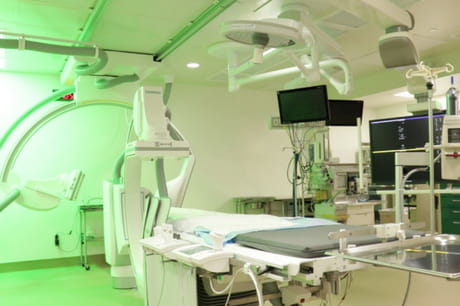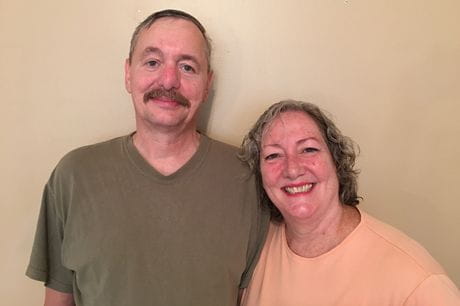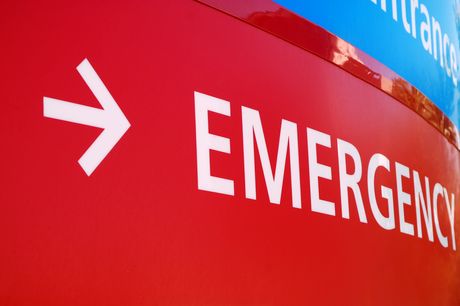What it means to be a comprehensive stroke center
The highest level of stroke care
When someone has a stroke, every minute counts. Getting the best care in the shortest amount of time is essential to prevent long-term disability and improve the chances of recovery. The Joint Commission and the American Heart Association/American Stroke Association have designated Geisinger Medical Center and Geisinger Wyoming Valley Medical Center as comprehensive stroke centers, meaning both hospitals can now provide the highest level of stroke care available.
“Strokes require urgent care to restore blood flow to the brain and begin the recovery process. Being designated a comprehensive stroke center means that we’ve been recognized for our ability to quickly and effectively treat all strokes so patients have the best shot at a full recovery,” says Dr. Clemens Schirmer, neurosurgeon and director of Geisinger's Comprehensive Stroke Center.
Hospitals designated comprehensive stroke centers have the capabilities to treat even the most complex stroke patients, and they can do it 24 hours a day, seven days a week.
What are the requirements for a comprehensive stroke?
There are some requirements that set comprehensive stroke centers apart from other hospitals. A comprehensive stroke center must have specialized cerebrovascular neurosurgeons available and a neuroscience intensive care unit for stroke patients, the latest advanced imaging capabilities available around the clock to help patients with complex stroke cases. Comprehensive stroke centers also take part in stroke research.
“At GMC we have physicians, nurses and staff trained in vascular neurology, neurosurgery and endovascular procedures so that someone who’s suffered a stroke can be very quickly diagnosed and treated,” says Dr. Schirmer. “This designation means we have the right people, the latest technology, additional resources and extensive training to support our patients.”
After being treated for a stroke, patients have access to extensive rehabilitation programs and support.
Comprehensive stroke center is the highest level of stroke certification available. To earn the designation of comprehensive stroke center, GMC had to meet stringent requirements, including an on-site evaluation.
Know the signs to treat a stroke fast
Each year, nearly 800,000 people have a stroke. Strokes are the leading cause of long-term disability, but knowing the warning signs and getting care quickly can improve your chance at a fully recovery.
To identify a stroke, B.E. F.A.S.T., which stands for:
- Balance difficulties
- Eyesight changes
- Facial drooping
- Arm weakness
- Speech difficulty
- Time to call 9-1-1
“Someone suffering a stroke might seem suddenly confused, slur their speech, lose their balance or have trouble walking. They might complain of a severe headache, have blurry vision or experience numbness,” says Dr. Schirmer. “If you notice these signs in someone, get medical care immediately.”
There are several risk factors for a stroke, some of which you can control, and others you can’t. The risks you can control include high blood pressure, diabetes, obesity, heart disease, smoking and drinking alcohol. In addition, the risk of stroke increases as you get older, and women are also more at risk for stroke.
If you think you or someone you know is having a stroke, call 9-1-1 immediately for life-saving treatment.
Next steps:
Meet Clemens Schirmer, MD
Learn about stroke care at Geisinger
Not all strokes are the same. Learn about the differences.




